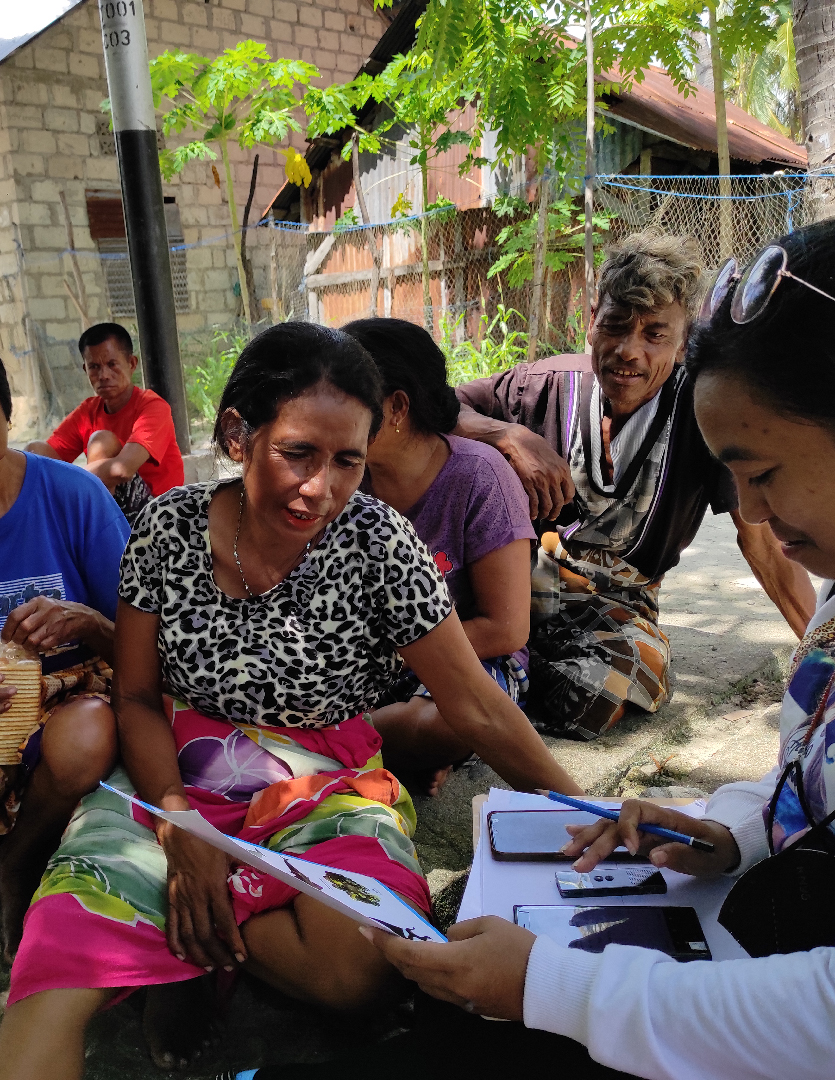With imminent risks still lurk Rote Ndao’s fisheries due to the presence of several active oil rigs around the Timor Sea, ATSEA-2 conducts a field survey seeking to understand local community’s perception on impacts of marine- and land-based pollution.
Located in East Nusa Tenggara Province, this sparsely populated island had a ghastly incident that still haunts the coastal community since an oil well on the Australian continental shelf blew out and spilt oil into the Timor Sea on 21 August 2009. It majorly affected the island’s southern waters and becomes a tragedy that haunts the community even years after the spill.
Fisheries contribute 12 per cent to Rote Ndao’s economy, and the waters surround the island have a high potential of marine natural resources. Rote Ndao lies within the Arafura and Timor Seas (ATS) region filled with major fisheries and oil and gas reserves. However, this area is posed with an increased risk of pollution. Potential sources of marine pollution in the ATS region include marine debris, marine-based pollution from oil and gas activities, as well as waste from fishing and shipping vessels. These activities affect water and sediment quality, habitats and marine biodiversity in the Arafura Sea, especially in the area between Aru Islands and Papua and around Rote Ndao.

In an attempt to reduce the impacts of marine-based pollution, ATSEA-2 supports the readiness of local governments in building early warning system, a monitoring database in the field, and marine pollution management institutions at the provincial level. In early March 2021, a field survey was conducted to collect the latest data and information to support the database of potential hotspots of marine-based pollution. This research collects data related to people’s perceptions of land and marine pollution sources in 12 villages from 7 sub-districts on the southern coast of Rote Ndao District. The villages are Landu Leko, East Rote, Pantai Baru, South Rote, Lobalain, Southwest Rote, and West Rote. In this survey, the team successfully interviewed 643 respondents consisting of fishermen, farmers, businessmen, government staff, students and housewives.
A preliminary result from a study conducted by Dr. Won-Tae Shin, PhD, commissioned by ATSEA-2 to assess the marine and land-based pollution in the ATS region, unveils that the pollution in the southern coast of Rote Ndao District originated from the sea – oil spills and derelict fishing gear – is causing more impact to the coastal communities than land-based pollution.
Currently, ATSEA-2 is working with the provincial and local governments to provide a practical framework for decision-makers to prioritise pollution reduction strategies and initiatives. The project also supports the regional government in building an oil spill contingency plan in Rote Ndao District for any oil spill incident in the future.
Read also: The Final Stretch to Ratifying A Marine Pollution Mitigation Team in the Timor Seas
(Vivekananda Gitandjali & Erma Normasari)


